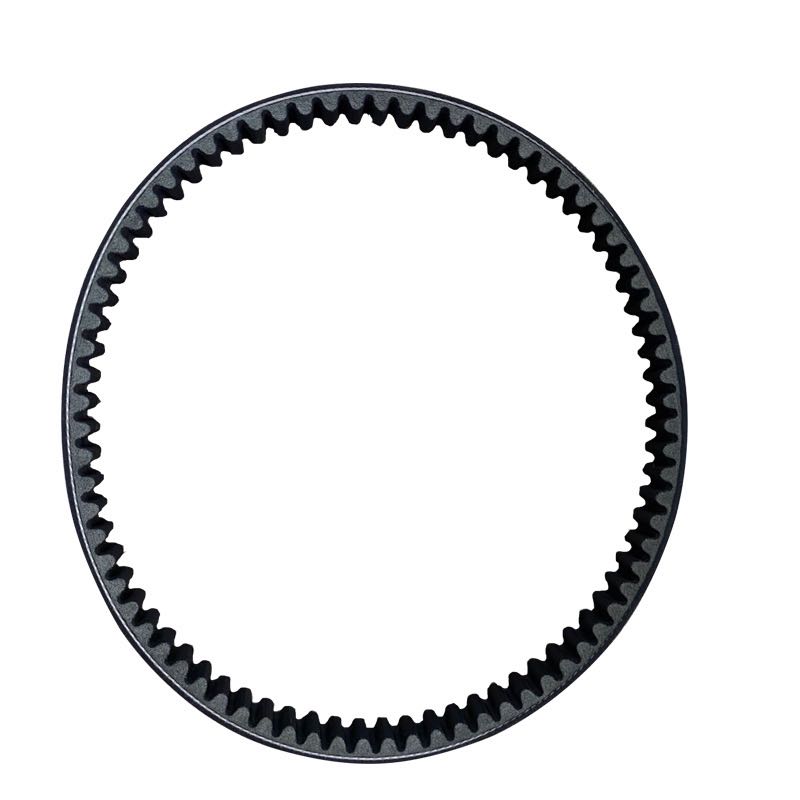- Arabic
- French
- Russian
- Spanish
- Portuguese
- Turkish
- Armenian
- English
- Albanian
- Amharic
- Azerbaijani
- Basque
- Belarusian
- Bengali
- Bosnian
- Bulgarian
- Catalan
- Cebuano
- Corsican
- Croatian
- Czech
- Danish
- Dutch
- Afrikaans
- Esperanto
- Estonian
- Finnish
- Frisian
- Galician
- Georgian
- German
- Greek
- Gujarati
- Haitian Creole
- hausa
- hawaiian
- Hebrew
- Hindi
- Miao
- Hungarian
- Icelandic
- igbo
- Indonesian
- irish
- Italian
- Japanese
- Javanese
- Kannada
- kazakh
- Khmer
- Rwandese
- Korean
- Kurdish
- Kyrgyz
- Lao
- Latin
- Latvian
- Lithuanian
- Luxembourgish
- Macedonian
- Malgashi
- Malay
- Malayalam
- Maltese
- Maori
- Marathi
- Mongolian
- Myanmar
- Nepali
- Norwegian
- Norwegian
- Occitan
- Pashto
- Persian
- Polish
- Punjabi
- Romanian
- Samoan
- Scottish Gaelic
- Serbian
- Sesotho
- Shona
- Sindhi
- Sinhala
- Slovak
- Slovenian
- Somali
- Sundanese
- Swahili
- Swedish
- Tagalog
- Tajik
- Tamil
- Tatar
- Telugu
- Thai
- Turkmen
- Ukrainian
- Urdu
- Uighur
- Uzbek
- Vietnamese
- Welsh
- Bantu
- Yiddish
- Yoruba
- Zulu
Nov . 10, 2024 15:07 Back to list
V-Belt Standard Size Chart for Various Applications and Specifications
Understanding V-Belt Standard Size Chart A Comprehensive Guide
V-belts, also known as wedge belts, are essential components in mechanical applications, transmitting power between rotating shafts. Their design and sizing are critical for the efficient and reliable operation of machinery. Understanding the V-belt standard size chart is vital for anyone involved in maintenance, repair, or installation of belt-driven systems.
What is a V-Belt?
A V-belt is a type of belt that has a trapezoidal cross-section. This design allows it to fit into a corresponding groove on a pulley, providing a larger contact area and better grip than flat belts. V-belts are commonly used in various applications, including automotive engines, agricultural machinery, and industrial equipment.
Importance of Standard Size Chart
A V-belt standard size chart provides crucial information about the measurements, specifications, and classifications of V-belts. This includes length, width, and the belt's cross-section shape, which are vital for selecting the correct belt for a specific application. Using the right size is essential to ensure optimal performance and to prevent premature wear and tear.
Key Measurements of V-Belts
1. Length The length of a V-belt is usually measured in inches and is one of the most critical factors in belt selection. It needs to be correct to ensure the belt fits snugly on the pulleys without being too tight or too loose.
2. Width The width of a V-belt refers to the measurement across the top of the belt. Choosing the appropriate width is important for the belt’s load-carrying capacity.
v belt standard size chart

3. Cross-Section Shape V-belts come in various cross-section shapes, each designed for specific applications. The most common types are A, B, and C sections, which correspond to different power capacities and pulley sizes.
Reading the Standard Size Chart
When consulting a V-belt standard size chart, users will typically find several key columns including
- Belt Type Indicates the series of the belt (e.g., A, B, C). - Length Displays the corresponding lengths of the belts in either inch or metric measurements. - Width Shows the nominal width of the belt section. - Top Width The width of the belt where it sits on the pulley. Understanding these columns allows users to match their application requirements with the appropriate V-belt specifications.
Selecting the Right V-Belt
When selecting a V-belt, it's essential to consider the following factors in conjunction with the standard size chart
1. Application Requirements Assess the mechanical load, speed, and environmental factors that may influence belt performance. 2. Pulley Specifications Measure the diameter and width of the pulleys to ensure compatibility with the selected V-belt. 3. Operating Conditions Consider temperature, moisture, and dust, as these can affect belt performance and longevity.
Conclusion
Mastering the V-belt standard size chart is indispensable for anyone involved in the maintenance or operation of machinery requiring V-belts. By understanding the key measurements and specifications, users can select the appropriate V-belt to ensure optimal performance and extend the lifespan of their equipment. Whether you are a mechanic, technician, or DIY enthusiast, knowing how to read and utilize the V-belt size chart will facilitate smoother operations and reduce downtime caused by belt failures.
-
Upgrade Power Steering Pump Belt for Smooth, Quiet Operation
NewsAug.27,2025
-
Precision Timing Belt & Chain: Engine Performance & Durability
NewsAug.26,2025
-
Precision Lathe Drive Belts: Durable & Reliable Performance
NewsAug.25,2025
-
84.5 Serpentine Belt: Durable & Precision Fit for Your Engine
NewsAug.24,2025
-
Premium Ribbed Drive Belts for Quiet Power Transmission
NewsAug.23,2025
-
High-Performance Vehicle Timing Belt for Engine Precision
NewsAug.22,2025

